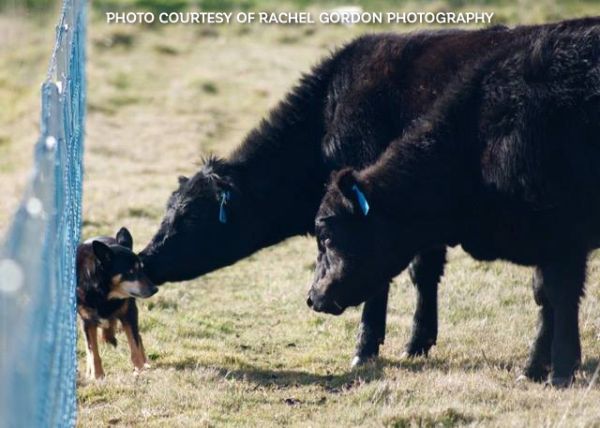|
Although spring joining in most herds is still a few months off, preparation is key if you are going to use synchrony to manage your breeding. So if you are thinking about syncing, here are our 7 top tips:
1. Synchrony is a tool, not a solution
Synchrony helps you better manage your cows' breeding, it doesn’t make infertile cows fertile, and it doesn’t make up for poorly conditioned and underfed cows.
2. Factor in your facilities
Large AI groups require good set up, good planning and good helpers. Synchronising oestrus should help workload, not create a headache. We can help match the program to suit your needs.
3. Know your budget
Obviously there are drug costs, semen costs and the labour costs. Weigh these up against the benefits of tight calving patterns, better genetics from AI and reduced bull costs to see if synchrony is for you.
4. Feed your cows well
Cattle are always more fertile on a rising plane of nutrition.
5. Get heifers to their target mating weights
Forget age - puberty is all about weight. If your heifers are just reaching puberty at joining, they will struggle to get in calf. Aim for 65% of their mature weight at joining, with a minimum of 55%.
6. Remember the other end – managing calving
Experience has shown that a maximum of 30% of cows which conceived on the one day will calve on their due date. The spread we see is +/- 10 days of their due date (283 days after AI).
7. Manage animal health & diseases
Bovine Viral Diarrhoea Virus (BVDV) is a major cause of reproductive loss in Australia. You need to have a plan in place to manage it. Leptospirosis should also be vaccinated against in breeding cows.
|
